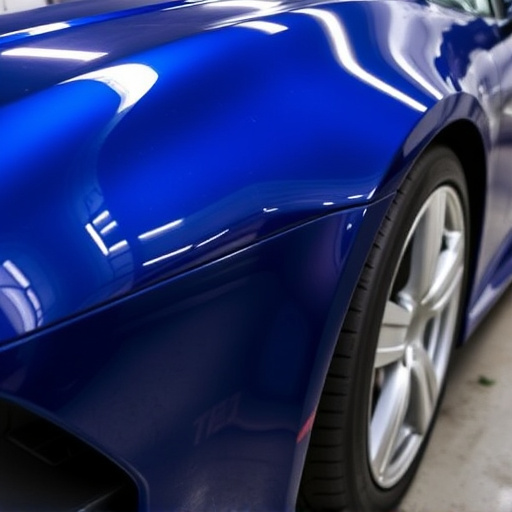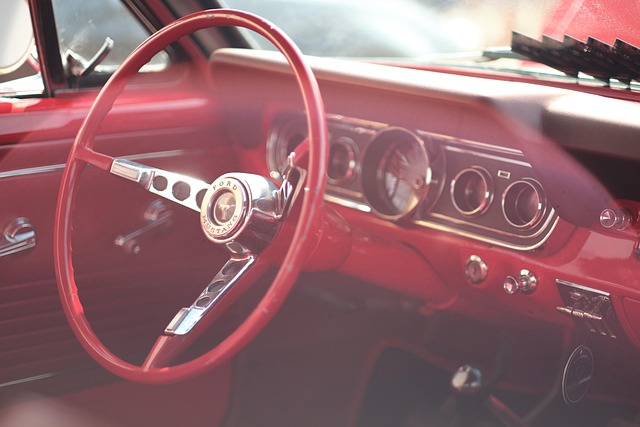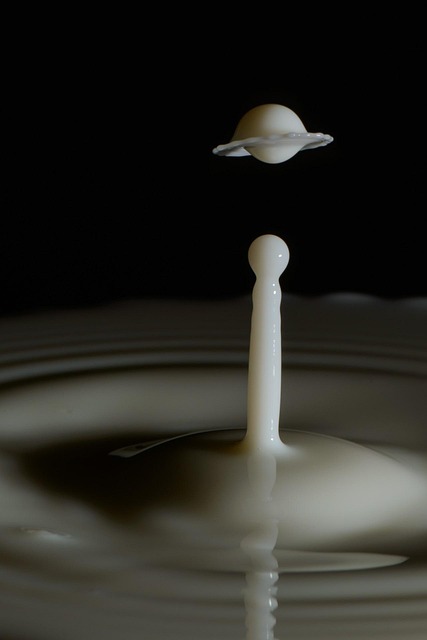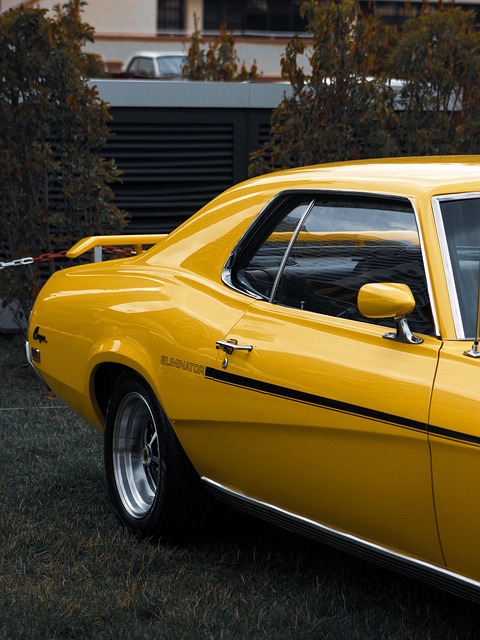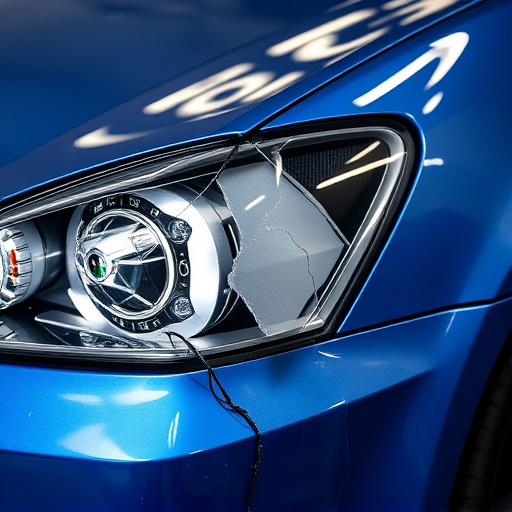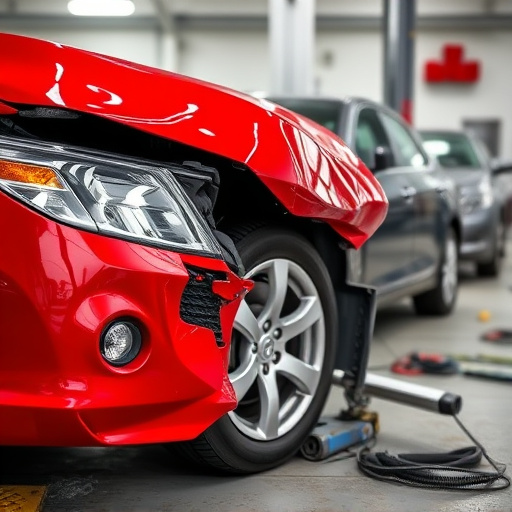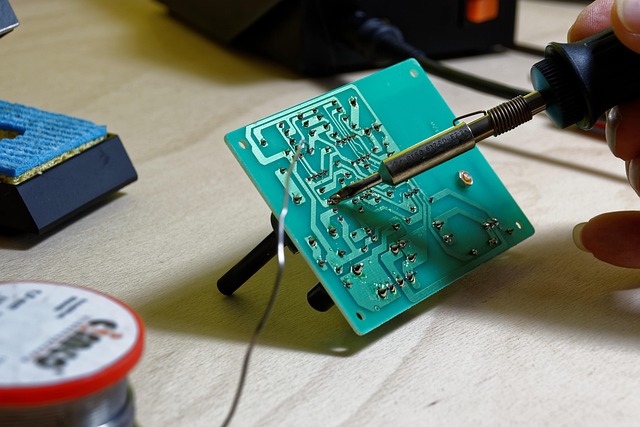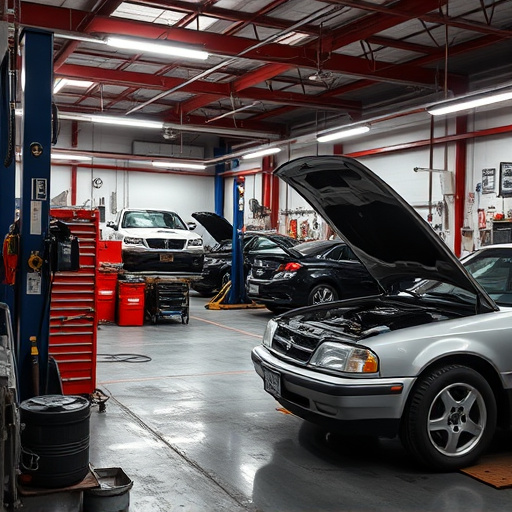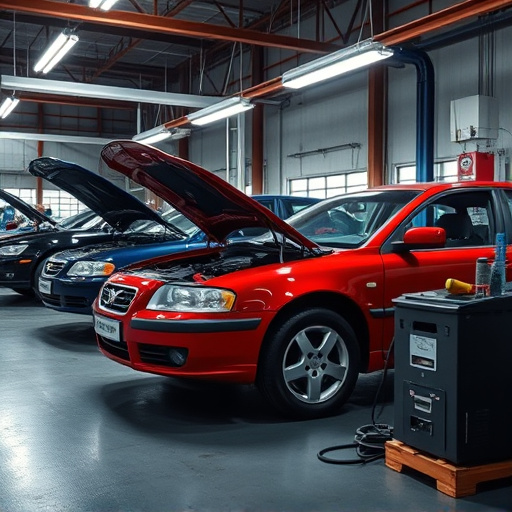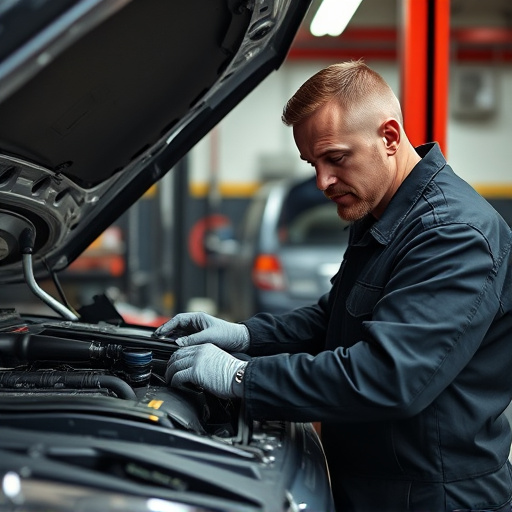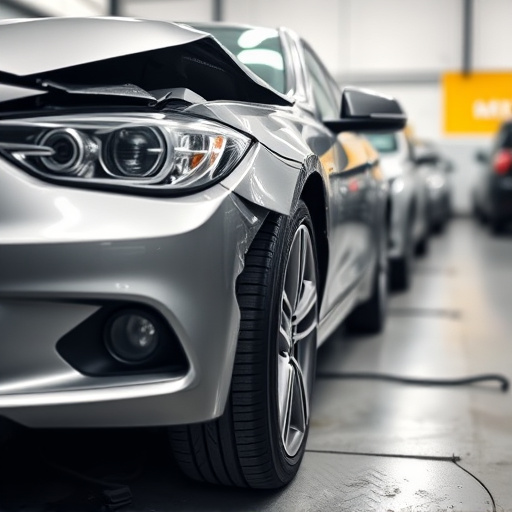Environmental factors like temperature extremes, UV exposure, and moisture significantly reduce taillight longevity, leading to structural damage, plastic aging, cracking, and fading. Timely repairs or replacements are crucial for safety and aesthetics, especially after severe bodywork damage. Weather conditions accelerate wear, necessitating regular maintenance and quick repairs with weather-resistant materials. Corrosion from UV rays and moisture makes plastic brittle, while metal corrodes and glass lenses etch, requiring early detection and treatment by auto detailing professionals to extend taillight assemblies' lifespan and comply with lighting standards.
Environmental factors play a significant role in the durability and performance of taillights, impacting their repair and replacement needs. This article delves into the intricate relationship between nature and automotive lighting, exploring how weather conditions, corrosion, and temperature extremes contribute to taillight degradation. We also discuss the challenges these factors present during repairs and replacements, offering practical best practices to navigate these environmental hurdles. Understanding these influences is key to ensuring optimal taillight functionality and longevity.
- Understanding Environmental Impact on Taillight Durability
- – The role of weather conditions in taillight degradation
- – Corrosion and its effect on different materials used in taillights
Understanding Environmental Impact on Taillight Durability

Environmental factors play a significant role in determining the longevity and durability of taillights, an aspect often overlooked when considering taillight repair replacement. Elements like temperature extremes, especially during prolonged exposure to intense heat or cold, can cause structural damage and compromise the integrity of the taillight assembly over time. Additionally, constant exposure to sunlight, UV rays, and harsh weather conditions accelerates the aging process of plastic components, making them more susceptible to cracking, fading, and eventual failure.
These environmental stressors are particularly relevant in regions with diverse climates, where vehicles experience both scorching summers and freezing winters. Moreover, in areas prone to car collisions or frequent vehicle accidents, the impact on taillight durability becomes even more pronounced, underscoring the need for timely taillight repair replacement. Auto repair shops specializing in car collision repair often encounter cases where severe damage to the vehicle bodywork necessitates not just a simple taillight repair but a complete replacement to ensure safety and restore aesthetic appeal.
– The role of weather conditions in taillight degradation
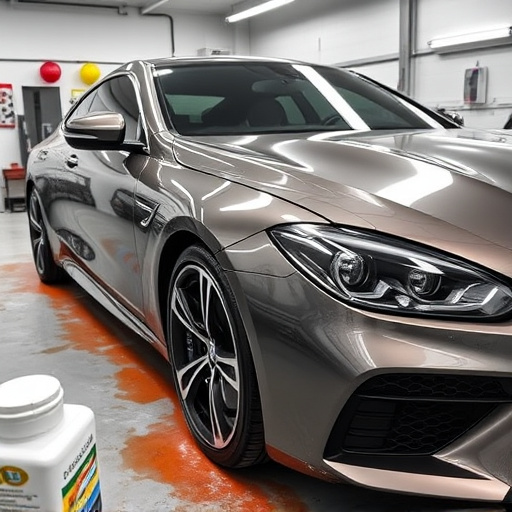
Weather conditions play a significant role in the degradation and eventual need for taillight repair or replacement. Extreme temperatures, both hot and cold, can cause the plastic components of taillights to become brittle over time. This is especially true during harsh winters when ice and snow accumulate on vehicles, leading to frequent temperature fluctuations. Similarly, prolonged exposure to intense sunlight during summers can fade and weaken the taillight’s resin coating, making it more susceptible to cracks and breaks. These environmental factors contribute to the overall wear and tear of taillights, necessitating timely replacement to ensure optimal visibility and road safety.
In a collision center or vehicle repair shop, technicians often need to address taillight issues accelerated by weather-related damage. Regular maintenance and quick repairs can help mitigate these effects. Using high-quality, weather-resistant materials during replacement ensures that new taillights withstand environmental challenges, extending their lifespan and maintaining the overall aesthetic appeal of the vehicle.
– Corrosion and its effect on different materials used in taillights

Corrosion is a significant environmental factor that can impact the durability and functionality of taillights, necessitating frequent taillight repair or replacement. Different materials used in taillight components, such as plastic, metal, and glass, react uniquely to corrosion. Plastic taillights, commonly used for their lightweight and shatter-resistant properties, may become brittle over time due to exposure to UV rays and moisture, making them more susceptible to cracks and breaks during minor collisions or impact events. Metal parts, like brackets and housing, can corrode, leading to structural weaknesses and reduced electrical conductivity, affecting the taillight’s performance and longevity. Glass lenses, though less prone to corrosion, can still experience etching, clouding, or discoloration, diminishing their optical clarity and compromising the visibility of the taillights.
The impact of corrosion on taillights highlights the importance of regular maintenance and timely repairs in ensuring optimal vehicle safety and compliance with lighting standards. Professionals offering auto detailing and body services play a crucial role in inspecting, diagnosing, and addressing corrosion issues early on, ultimately prolonging the lifespan of vehicle components, including taillight assemblies.
Environmental factors play a significant role in determining the longevity and overall health of your vehicle’s taillights. Extreme weather conditions, such as constant exposure to rain, snow, and UV radiation from sunlight, can accelerate the degradation process. Corrosion is a common issue, affecting not only metal components but also plastic parts, which can lead to costly taillight repair or replacement over time. Understanding these environmental impacts is essential for maintaining optimal vehicle safety and ensuring timely repairs or replacements when necessary.
